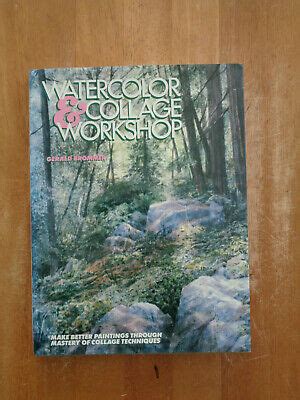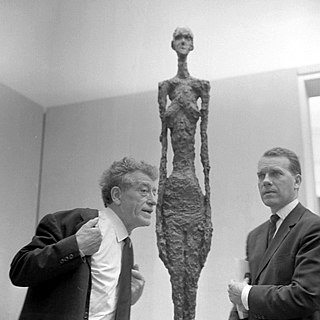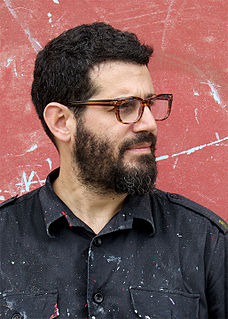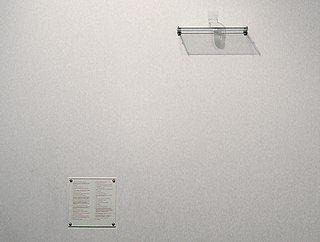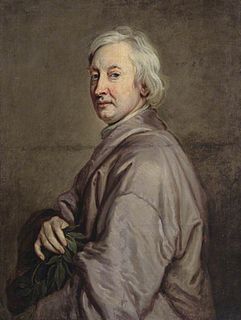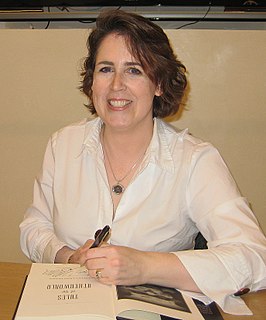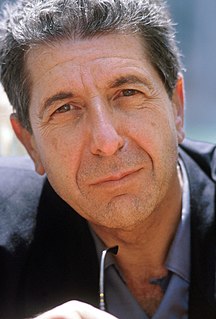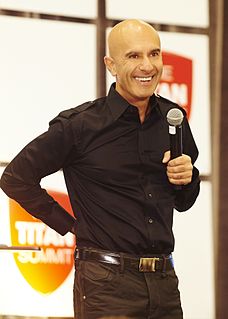A Quote by Walter J. Phillips
It is often said that the modern exhibition has ruined painting. It is an unfortunate fact that it does encourage competition, so that, to attract attention to his work, an artist is tempted to descend to sensationalism, whether it is expressed by strong colour, grotesque handling, unusual subject, or sheer size.
Related Quotes
Why was the painting made? What ideas of the artist can we sense? Can the personality and sensitivity of the artist be felt when studying the work? What is the artist telling us about his or her feelings about the subject? What response do I get from the message of the artist? Do I know the artist better because of the painting?
I think that the sheer fact that music can raise certain questions or put topics on the agenda has in itself already an effect. Just like any other art of cultural expression can do that - books, films, photos, painting - it can bring people together who share certain ideals, who don't find their ideas expressed properly, or even expressed at all, in the mainstream media.
One teacher told me that my work belonged in the trash. That day I ran out of the classroom and ended up in the library, where there happened to be a black and white photography exhibition of Robert Rauschenberg's photographs of the streets of New York. The subject of his photos were exactly what I was painting about.
The first exhibition that I used bright colours in painting the room was at a gallery in Paris, and there were seven rooms in the gallery. It was very nice gallery, not very big rooms, around the courtyard, it was a very French space. So I painted each room in different colour. When people came to the exhibition, I saw they came with a smile. Everybody smiles - this is something I never saw in my work before.
The question so often asked of modern painting, "What is it?", contains more than the dull skepticism of the man who is not going to have the wool pulled over his eyes. It speaks of a fundamental placement in relation to the work, that of a voyager in the world coming upon a strange object. The reader reconstitutes the work by his active participation, by approaching the object, tapping it, shaking it, holding it to his ear to hear the roaring within. It is characteristic of the object that it does not declare itself all at once, in a rush of pleasant naïveté.
The aura given out by a person or object is as much a part of them as their flesh. The effect that they make in space is as bound up with them as might be their colour or smell ... Therefore the painter must be as concerned with the air surrounding his subject as with the subject itself. It is through observation and perception of atmosphere that he can register the feeling that he wishes his painting to give out.

